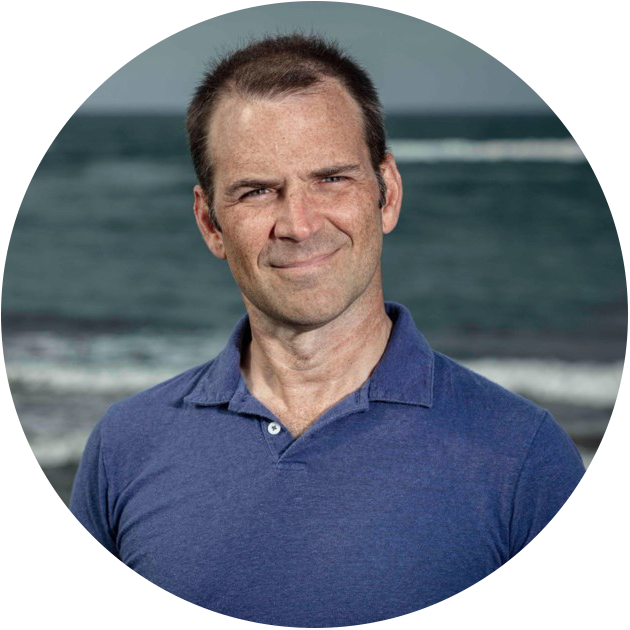Program With Purpose
The purpose of this project is to conduct stewardship, monitoring and necessary research activities that will contribute to the recovery of North Atlantic right whales by reducing their likelihood of becoming entangled in fishing gear in Canadian waters. In other words, this project focuses on entanglement prevention.
In 2007, Grand Manan Basin in the Bay of Fundy and Roseway Basin off of Southwestern Nova Scotia were designated as critical habitat. This designation protects these important North Atlantic right whale foraging grounds from human activities that may result in destruction of the habitat. Shipping routes were also rerouted to mitigate the risk of ship strikes. In recent years, however, larger numbers of North Atlantic right whales have been seen feeding in the Southern Gulf of St. Lawrence. This change in distribution is thought to be due to increasing water temperatures causing copepods – their main prey – to be found in larger concentrations in the Gulf. The increase in North Atlantic right whale sightings in the Gulf brings new concerns about human activities in this area and the protection of North Atlantic right whales.
The project takes place in the Atlantic Canadian waters surrounding New Brunswick, Nova Scotia, Prince Edward Island and southeastern Quebec.
The main project outcomes include fish harvester-led development and evaluation of fishing technology that will reduce entanglements; involvement of fish harvesters and Indigenous communities in active roles that reduce the threat of entanglement; and improved knowledge of the distribution, health and entanglement risks of North Atlantic right whales within Canadian waters.
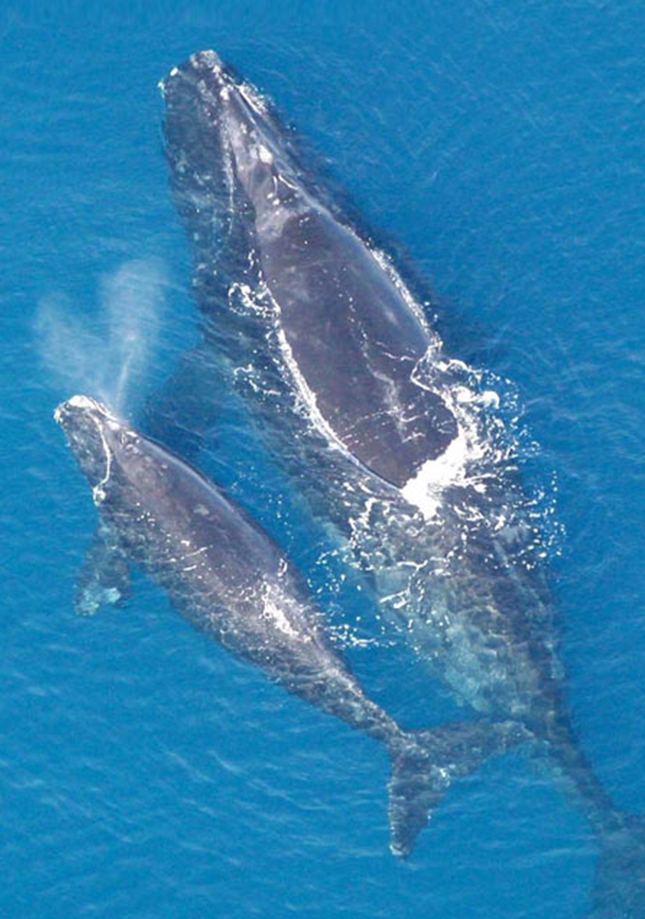
Key Dates
- 2013: CWF established CMARA – the Canadian Marine Animal Response Alliance, to coordinate marine animal emergency response efforts in Atlantic Canada.
- 2017: An unusual mortality event is triggered when 17 North Atlantic Right Whales are found dead in U.S. and Canadian waters. Five of those deaths are from blunt force trauma widely understood to have been caused by vessel strikes. Two mortalities were linked to entanglement, and an additional eight whales were entangled in gear that year.
- March 2018: The Government of Canada announces new protection measures for North Atlantic Right Whales in the Gulf of St. Lawrence.
- 2019: CWF begins collaborating with fish harvesters to trial on-demand (ropeless) fishing gear throughout the Maritimes.
- July 2019: Another mortality crisis occurred when nine North Atlantic Right Whales were found dead in the Gulf of St. Lawrence. The Government of Canada announces additional protection measures.
- August 2019: CWF finalizes a predictive model that estimates where fishing effort will move to as a result of the fisheries closures implemented to prevent North Atlantic Right Whale entanglement. Research using this model estimates the impact these displacement effects have on entanglement risk.
- October 2021: CWF is contracted by Fisheries and Oceans Canada to evaluate the entanglement risk reduction value of the fisheries management measures to protect North Atlantic Right Whales.
- November 2021: CWF receives funding from Fisheries and Oceans Canada’s Whalesafe Gear Adoption Fund to start the CanFish Gear Lending Program to provide gear to fish harvesters that reduce the risk of entanglement to large whales.
- June 2022: CWF provides gear and support to 10 snow crab harvesters to fish with on-demand gear in areas closed to protect the North Atlantic Right Whale. More than 370, 000 lbs of snow crab is caught with the innovative gear.
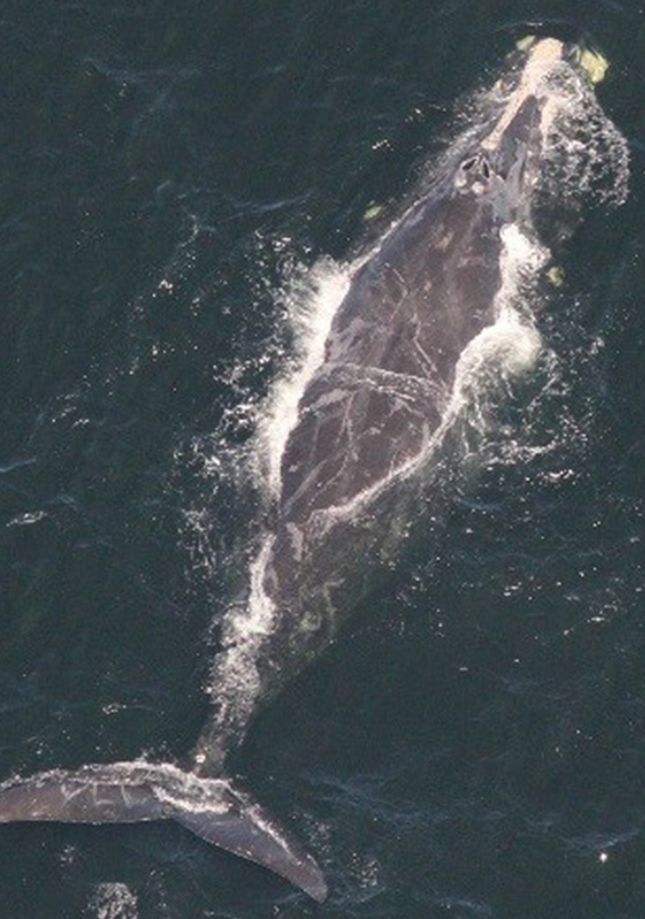
We're Taking Action
Working With Relevant Stakeholders
North Atlantic Right Whales are highly susceptible to becoming entangled in fishing gear and being struck by ships due to their habitats overlapping significantly with fishing areas and shipping traffic. This, combined with lower calving rates since 2010, is restricting the species’ ability to recover, placing them at risk for extinction in as little as 20 years.
The Canadian Wildlife Federation is doing everything we can to save this beloved species. We work closely with industry partners from fisheries throughout Atlantic Canada, as well as government managers, other non-profit groups, and researchers to come up with solutions that will help to diminish the threats that right whales are facing. With proper management, it is possible that fisheries can co-exist safely in areas with a high presence of whales. CWF is working with fish harvesters to trial experimental gear that can diminish the risk of entanglement and allow fisheries to thrive.
This program is supported by the Department of Fisheries and Oceans Canada (DFO) Nature Fund for Aquatic Species at Risk, and the PEW Charitable Trusts.
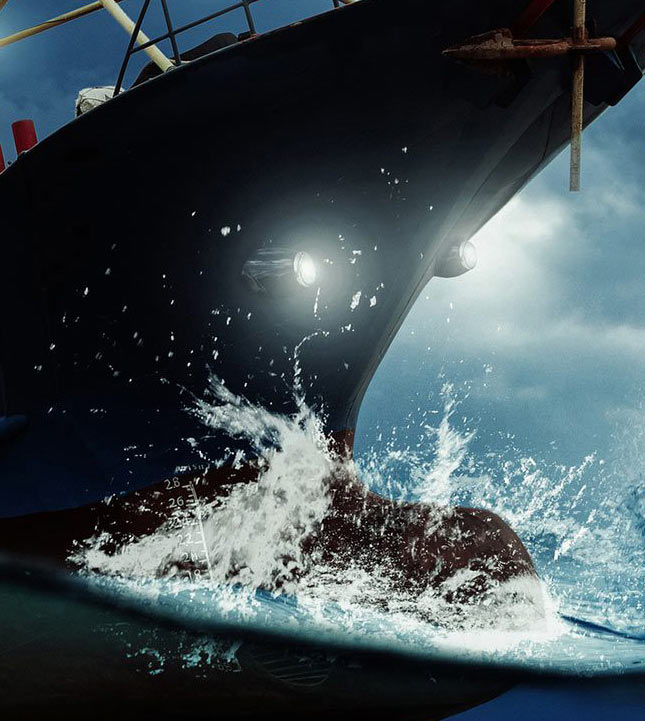
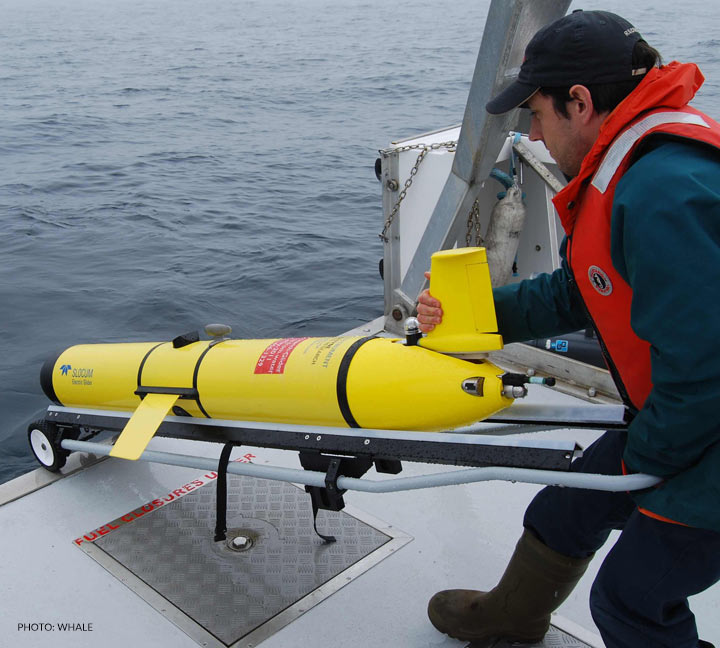
Developing New Ways to Monitor Whale Distribution
Surveillance of North Atlantic Right Whales can be challenging. Our ability to visually detect whales is limited by factors such as weather, if whales are at the surface, and the amount of light. We can also search for whales using passive acoustic monitoring, but this platform only detects whales if they are making sound near an acoustic recorder! However, understanding where the whales are is incredibly important to support effective management and in detecting any injured or dead whales, so we should be using all available sources possible. With support by the Canadian Space Agency, we are currently working with scientists and consulting firms to develop a new method of surveillance that will use satellite-based imagery to identifying whales in Canadian oceans. With a better understanding of how these marine mammals move around, we’re hoping we’ll be able to protect them from entanglement and vessel strikes more efficiently.
Assessing Vessel Strike Risk in Atlantic Canada
North Atlantic Right Whales are not just susceptible to entanglement in fishing gear, they also face threats from vessel strikes which is the second leading cause of death and injury to this endangered species. Right Whales, with their large black bodies and lack of dorsal fin can be hard to see when out on the water, which puts them at risk of being hit by vessels transiting the same areas. Similar to the fisheries management measures, the government of Canada has also implemented large scale management schemes aimed at reducing vessel speeds and rerouting vessels in the areas where right whales aggregate in Canadian waters. With data provided by MERIDIAN, CWF is using a biophysical model of whale-vessel collisions to estimate lethality using a model we previously developed that estimates lethality of a strike, to understand the risk contributed by different vessel types, and use this information to examine the effectiveness of these management measures at reducing the likelihood of vessel strikes.

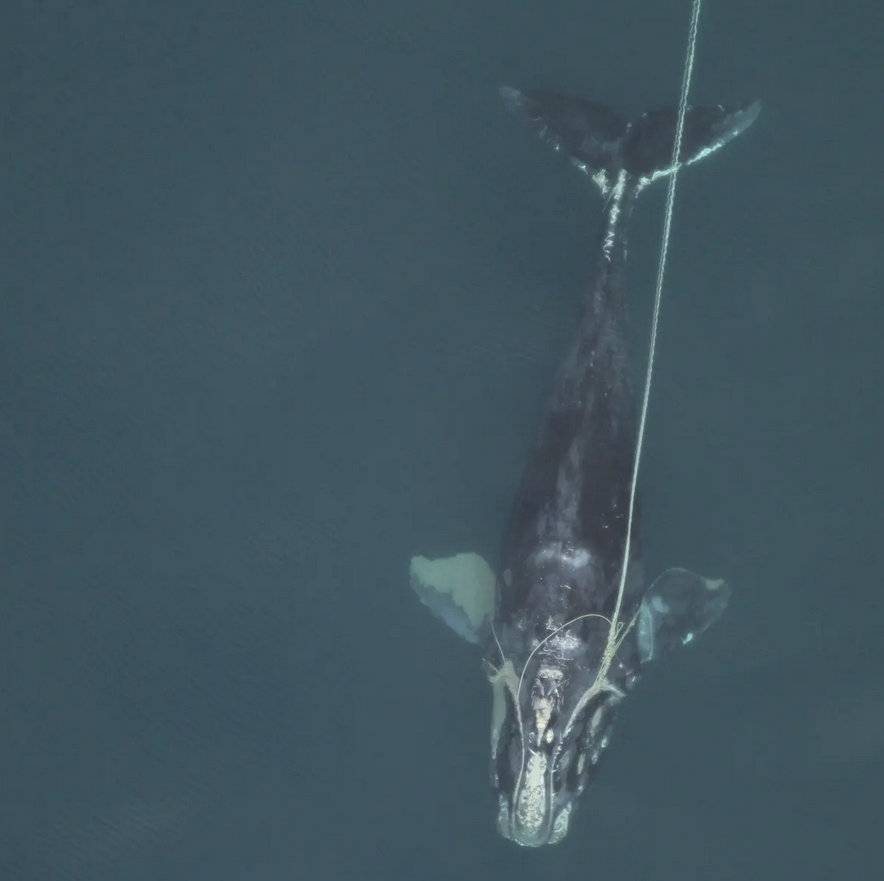
Assessing Entanglement Risk in Atlantic Canada
Over 80 per cent of North Atlantic Right Whales show scarring from entanglement in fishing gear. Many have even been entangled more than once. CWF is dedicated to improving our understanding of the extent of entanglement risk in Canadian waters and where the highest likelihood of entanglement occurs. We are working with fisheries to conduct a survey on their gear types and operations to improve our fine scale understanding of how and where fisheries operate. In addition, we are developing whale movement models to improve our understanding of how whales move about in their habitat. With a better understanding of how these animals move around, we’re able to better understand where they are at the highest risk of entanglement. Overall, these projects are used to support our broader assessments to quantify entanglement risk and promote effective conservation management measures. This program is supported by the Department of Fisheries and Oceans Canada (DFO) Nature Fund for Aquatic Species at Risk, and the PEW Charitable Trusts.
On-Demand Gear Trials
The North Atlantic Right Whale is highly susceptible to entanglement in fishing gear due to their habitat overlapping with areas that are heavily fished on the Atlantic Canadian coast. CWF has been trialing ropeless or “on-demand” fishing gear for the past four years to determine its suitability for use in commercial fisheries. Since 2019, we have conducted over 600 deployments with various on-demand systems in partnership with fish harvesters on their commercial fishing vessels. As a result of these trials, we have identified several systems that are ready for commercial use and are now being used to fish safely in areas that are closed to traditional fishing methods due to the presence of right whales. We continue to work closely with gear developers, researchers trialing this gear around the globe, and with the fishing industry to increase the suitability of these innovative technologies for our fisheries. This program is supported by the Department of Fisheries and Oceans Canada (DFO) Nature Fund for Aquatic Species at Risk, and the PEW Charitable Trusts.


Facilitate On-Demand Gear Use
Approximately 25 per cent of the remaining population of North Atlantic Right Whales are entangled annually, and a whopping 85 per cent of the total population show scarring from entanglement in fishing gear. It is critical that we do something to diminish this threat in order for the species to survive. CWF has developed the CanFISH Gear Lending Program to provide fish harvesters with the resources needed to help them use on-demand (e.g. ropeless) fishing gear to prevent entanglements to the North Atlantic Right Whale while continuing to fish. To date over 370, 000lbs of Snow Crab has been caught using canFISH provided on-demand fishing gear, which had a 97.4 per cent success rate. We’re currently increasing our gear inventory with hopes of helping even more harvesters fish in areas closed to protect North Atlantic Right Whales in 2023.
Learn MoreQuantifying the Effectiveness of Fisheries Management Measures
Since 2017, 35 North Atlantic Right Whales have been found dead throughout their range. Even more have been injured and continue to be injured every year. To try and reduce these incidents from occurring, the government of Canada has implemented a wide range of fisheries management measures aimed at reducing entanglement risk to right whales. The largest of these measures are fisheries closures that prohibit fishing in the areas where and when North Atlantic Right Whales are observed. CWF has been working with government and the fishing industry to conduct assessments of these management measures to quantify their conservation benefit. CWF has developed a model that estimates the entanglement risk reduction value of the fisheries closures which allows us to assess their effectiveness. This is a powerful tool that allows to examine different management measures to give advice on which measures provide the most protection to right whales, while minimizing impacts to the fishing industry. A win-win for all! This program is supported by the Department of Fisheries and Oceans Canada (DFO) Nature Fund for Aquatic Species at Risk, and the PEW Charitable Trusts.
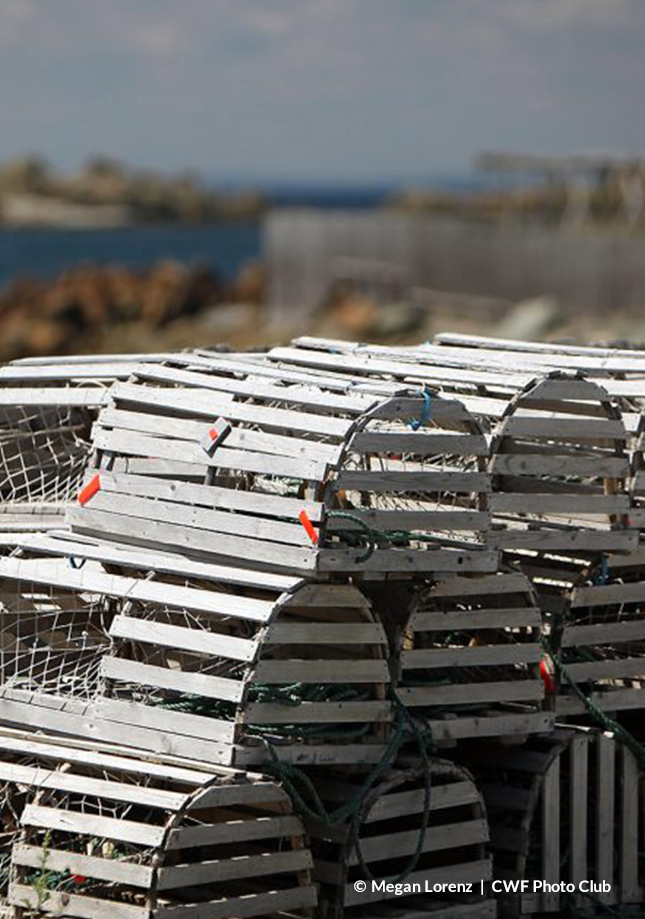
How Climate Change is Impacting Canada’s Whales
The ocean is warming at unprecedented rates from human-driven climate change. The ocean is our planet’s greatest carbon sink – it absorbs excess heat and energy from the atmosphere. Current levels are leading to cascading effects in our marine ecosystem, ranging from melting sea-ice and sea-level rise to increasing water temperatures around the world. These changes have far reaching impacts on marine life and biodiversity, including Canada’s large whales.
Areas in the Northwest Atlantic Ocean have been warming faster than most of the global ocean. The critically endangered North Atlantic Right Whales, who calls this ocean home, is one of the most apparent examples of a species responding to climate change. Historically, North Atlantic Right whales would spend the spring and summer months foraging for oil-rich, cold-water species of copepods throughout the Gulf of Maine and Bay of Fundy. But sometime around the early 2010s, they started spending less time in these summer foraging areas and started travelling northward to the Gulf of St. Lawrence. This was driven by marine heatwaves and warming ocean temperatures in the Gulf of Maine, forcing the copepods to seek colder waters. As North Atlantic Right whales followed their food and noticeably shifted their annual migratory route and habitat use in Canada, they became more seriously exposed to additional risks from human activities, specifically to entanglement in commercial fishing gear and to vessel strikes in some of the world’s busiest shipping lanes. The movement of North Atlantic Right whales to the Gulf of St Lawrence resulted in several mass mortality events in recent years, ongoing injuries to these whales, and low reproductive rates – impacting the ability of this species to recover.
Pacific species are also showing similar habitat and prey distribution changes linked to climate change. Pacific Grey Whales along British Columbia’s coast have been stranding at high rates with poor body conditions. Studies have shown a link between sea ice and healthy Grey Whales, as their prey relies on sea ice to grow. With less sea ice, food is less abundant and lower in quality, meaning their prey cannot effectively sustain the population, resulting in skinnier animals that aren’t getting enough food. As with North Atlantic Right whales, this is also causing Grey Whales to explore different habitats as they search for food, potentially putting them at greater risk of entanglements and vessel strikes, where they hadn’t previously been present.
These are just two examples of whale species responding to changes in the ocean ecosystem, but similar patterns are seen with other species. Additionally, with ongoing marine impacts from climate change, it is predicted that marine species distributions will continue to substantially change. The work conducted by the Canadian Wildlife Federation is helping to find solutions to current and future habitat shifts by improving our capability to quickly adapt our marine industries and create safe environments for whales and humans to co-exist.

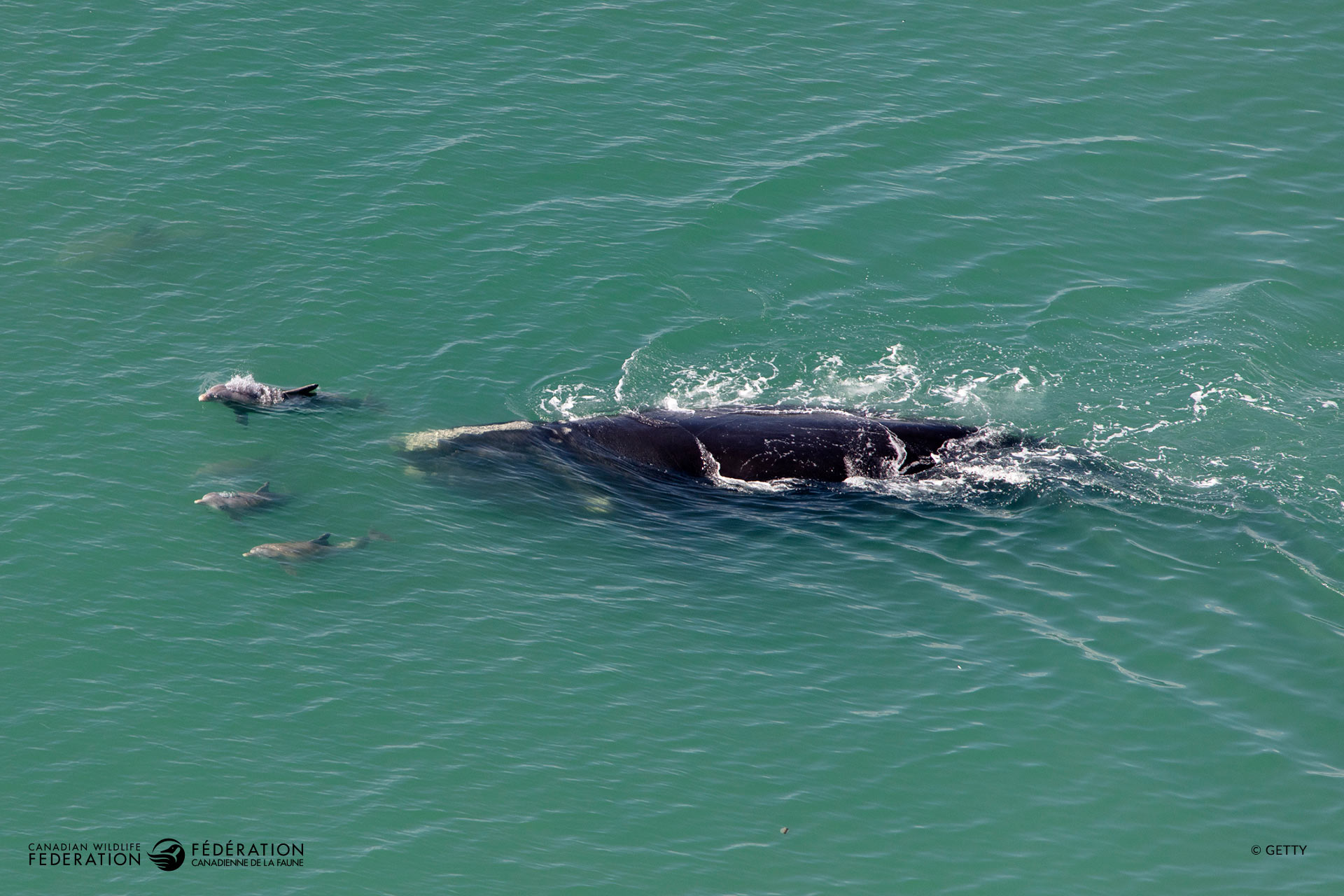
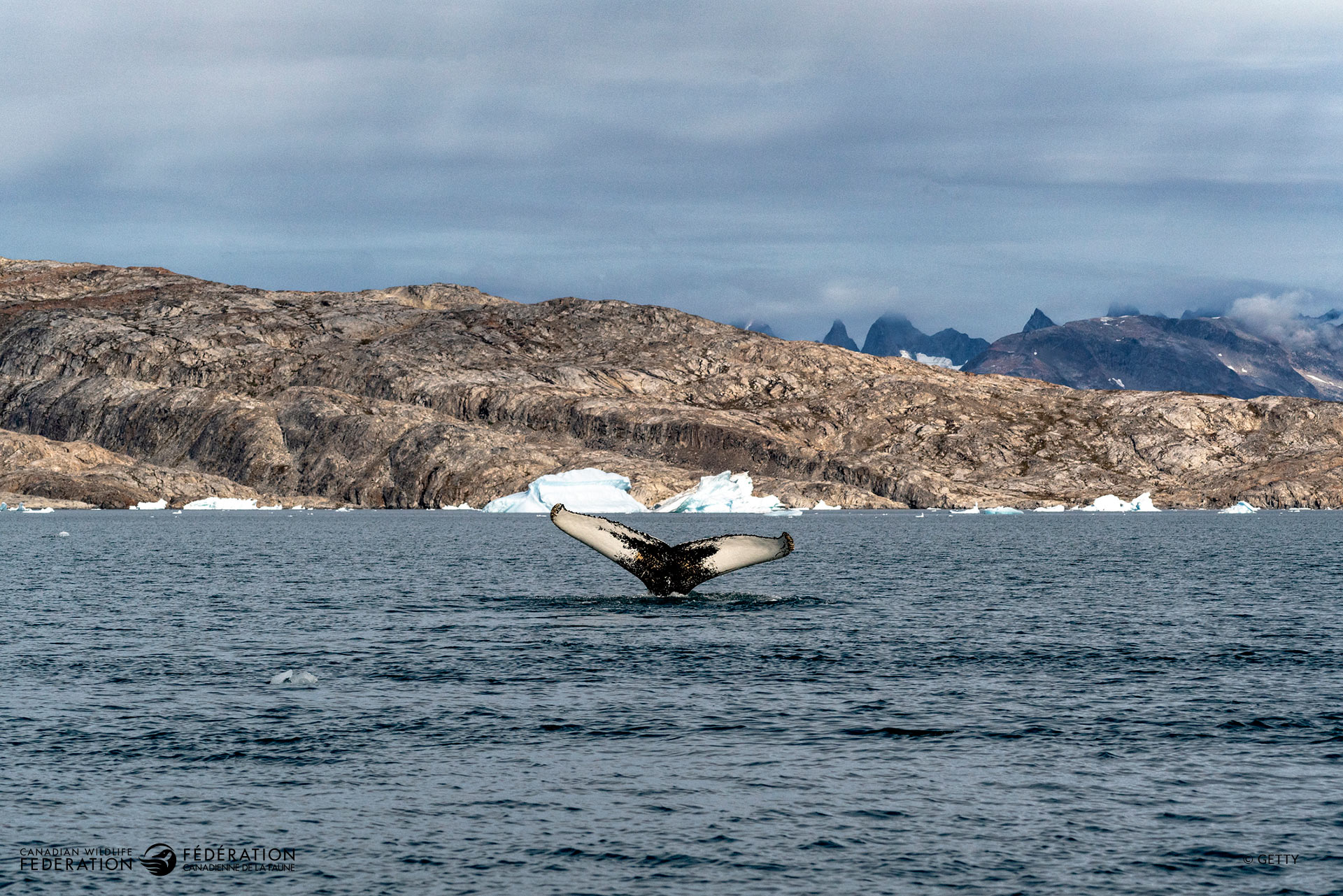
Next Steps
Additional Resources
Reports and Papers
- Brillant & Trippel 2010. Elevations of lobster fishery groundlines in relation to their potential to entangle endangered North Atlantic right whales in the Bay of Fundy, Canada.
- Brillant et al. 2015. Quantitative estimates of the movement and distribution of North Atlantic right whales along the northeast coast of North America.
- Brillant et al. 2017. A timely opportunity to protect North Atlantic Right Whales in Canada.
- Cockeron et al. 2018. The recovery of North Atlantic right whales has been constrained by human-caused mortality.
- Davies & Brillant 2019. Mass human-caused mortality spurs federal action to protect endangered North Atlantic right whales in Canada.
- Knowlton et al. 2012. Monitoring North Atlantic right whale entanglement rates: a 30 yr retrospective. Analysis of entanglement rates.
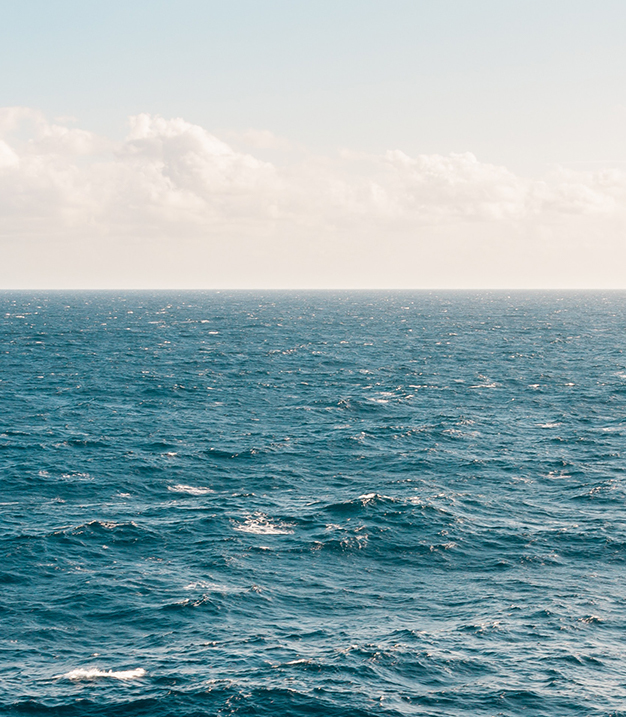
Interesting Facts

The maximum speed limit that should be considered for boats in the entire southern Gulf of St. Lawrence.

The number of North Atlantic right whale deaths or severe injuries since 2017 due to human activities. That is 27 per cent of the population.

As of end of 2022, the estimated number of North Atlantic right whale individuals remaining.
Videos
In the News
-
À Halifax, les pollinisateurs trouvent de nouveaux refuges
November 12, 2023, RadioCanada – Les pollinisateurs comme les abeilles sont des êtres vivants fragiles soumis aux aléas environnementaux. À Halifax, une étudiante en biologie a créé des jardinières pour nourrir ces insectes, dont la population décline au Canada. Des...
Sur une trajectoire de collision : la FCF étudie l’effet des collisions avec de petits navires...
August 3, 2018, Le blogue de la FCF – L’année 2017 a été dévastatrice pour la baleine noire de l’Atlantique Nord – une des baleines à fanons les plus gravement menacées de la planète.
Un nouveau départ pour les baleines noires de l’Atlantique Nord?
January 31, 2019, Le blogue de la FCF – Nous approchons de la fin de la saison de mise bas des baleines noires de l’Atlantique Nord, une espèce en voie de disparition. Mais cette année est porteuse d’une bonne nouvelle : il y a quatre nouveaux baleineaux!
L’avenir de la pêche commerciale : de l’équipement de pêche sans cordage?
August 23, 2019, Le blogue de la FCF – Est-ce que l’équipement de pêche sans cordage pourrait être la solution permettant à la pêche de continuer sans risque d’enchevêtrement pour la faune marine?
Est-il trop tard pour sauver la baleine noire de l’Atlantique Nord?
January 19, 2021, Le blogue de la FCF – Je crois que nous pouvons collectivement dire « bon débarras » à 2020. Ce fut une année incroyablement difficile pour de nombreuses personnes. Mais figurez-vous qu’elle s’est aussi avérée difficile pour plusieurs animaux.
Quelles sont les bonnes façons de surveiller la baleine noire de l’Atlantique Nord?
February 19, 2021, Le blogue de la FCF – La baleine noire de l’Atlantique Nord, une espèce en danger critique de disparition, se rend dans les eaux canadiennes de l’Atlantique tous les printemps.
Program Lead
Sean Brillant, PhD
Sean joined CWF as the Manager of Marine Programs in 2010, leading the overall development and delivery of the marine conservation program and representing CWF’s position and interests in marine conservation to the public, the government and other partners. Following his PhD, Sean was a WWF-Canada postdoctoral fellow at Dalhousie University. He developed a movement model for right whales to predict where and when they might be at risk of entanglement. Sean is also a former Executive Director of Atlantic Coastal Action Program Saint John, a non-profit environmental management organization in New Brunswick. He has taught university courses for several years.
“The survival of North Atlantic right whales is going to require support from all Canadians. CWF will continue to work with all partners to lead initiatives to support emergency response, conduct research to reduce entanglement risks, and raise awareness about this majestic part of our Canadian marine heritage.”
